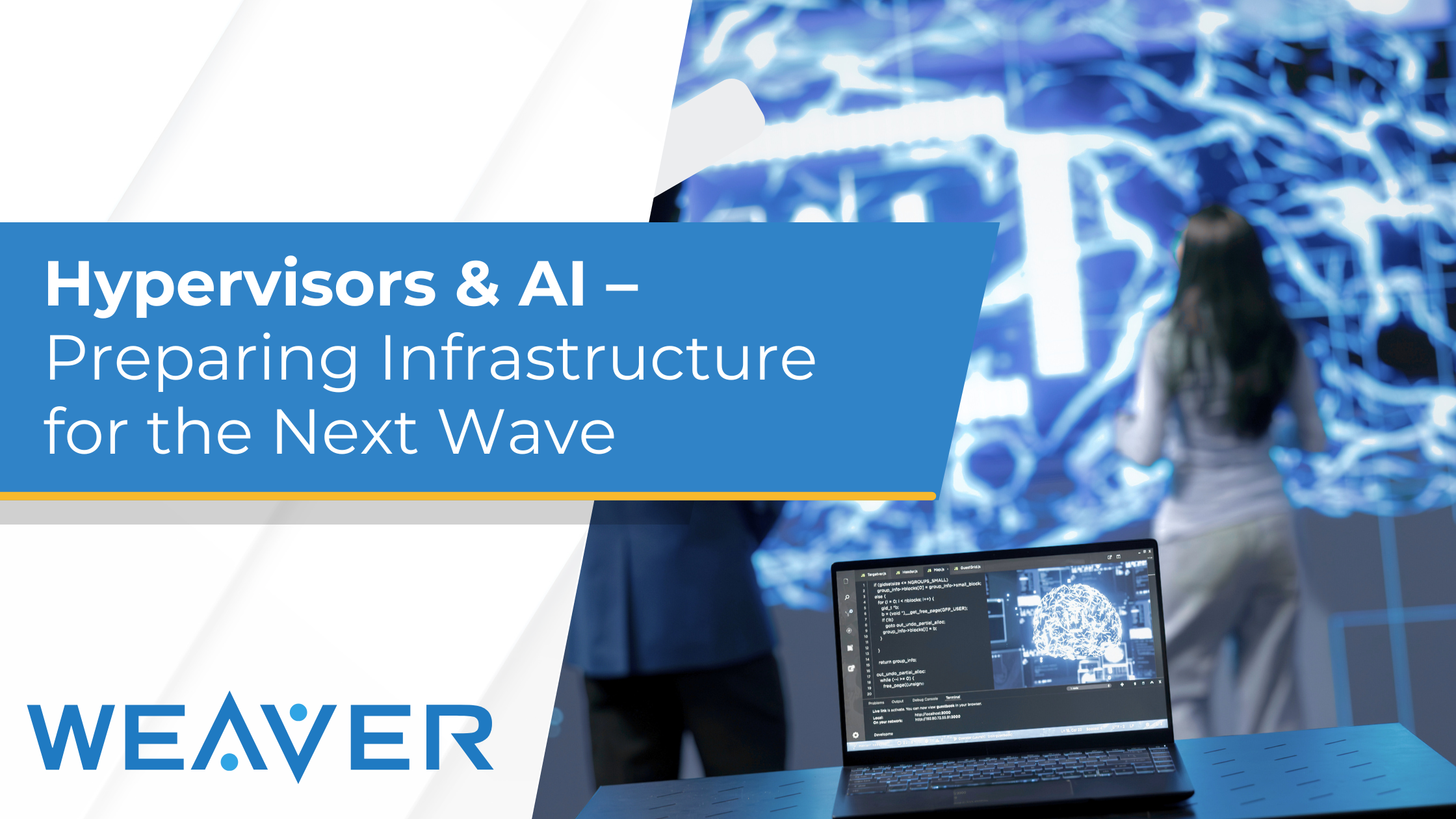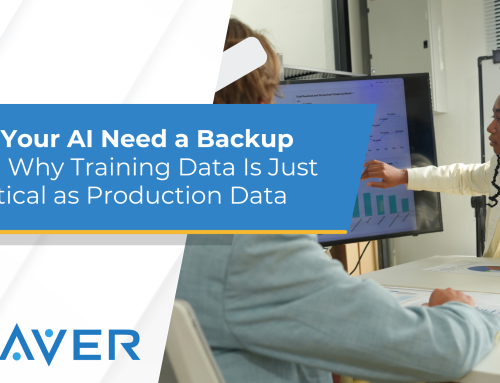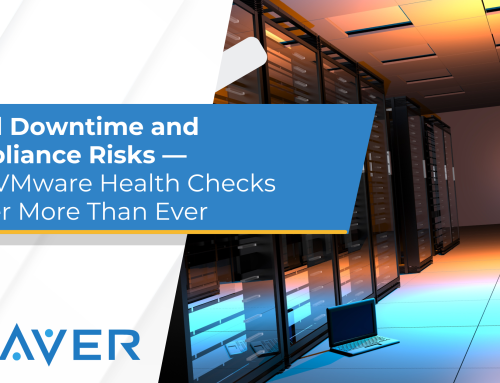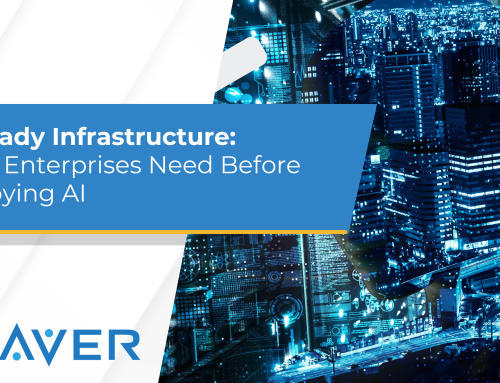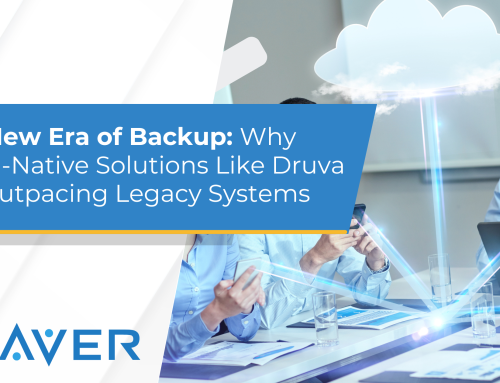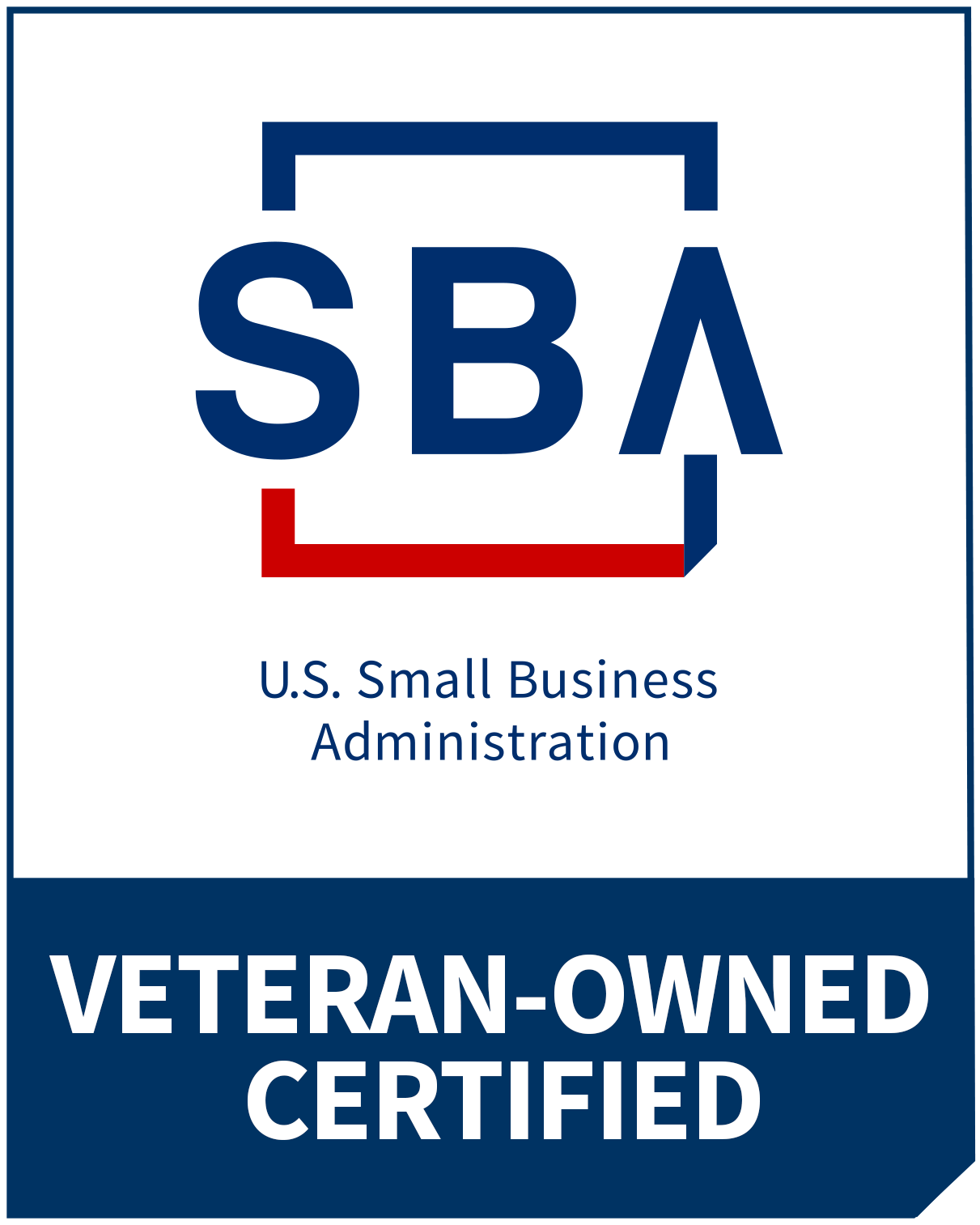The Rise of AI and the Hypervisor Connection
Artificial Intelligence isn’t just reshaping applications—it’s redefining the entire IT stack from the ground up. As enterprises continue to adopt AI to power automation, analytics, and next-generation workloads, one often-overlooked component sits at the center of success—or failure: the hypervisor.
Hypervisors form the foundation of virtualization, orchestrating how compute, storage, and networking resources are shared across workloads. However, the next wave of AI demands far more than basic virtualization. It requires environments that are secure, high-performing, and scalable, capable of processing enormous datasets while supporting advanced machine learning models without compromise.
As a result, IT leaders must evaluate their infrastructure readiness. In other words, the question is simple but crucial:
👉 Is your hypervisor ready for AI?
Why AI Changes the Infrastructure Game
AI workloads do not behave like traditional applications. They introduce new performance, scalability, and compliance challenges that legacy systems were never designed to handle.
-
Massive compute power: Training and inference depend on GPUs, CPUs, and memory working in sync. Without proper coordination, performance bottlenecks emerge.
-
High-throughput storage and networking: AI workloads process enormous data volumes; therefore, fast access to storage and low-latency connectivity are vital.
-
Low latency: Milliseconds matter, especially for real-time analytics, automation, and edge AI. Delays in data transfer or response can significantly reduce efficiency.
-
Security and compliance: Sensitive data must be isolated, encrypted, and auditable. Consequently, strong governance and access controls are essential.
When hypervisors fail to keep up, they become bottlenecks that limit scalability, weaken performance, and increase operational risk. As a result, downtime and inefficiencies can severely impact business outcomes.
Key Considerations for Hypervisors in an AI Era
1. Performance and Scalability: Powering AI at Every Layer
AI workloads push infrastructure to its limits. Traditional hypervisors were not designed with GPU acceleration or distributed AI in mind. However, modern platforms now support vGPU (virtual GPU) technology, allowing multiple virtual machines to share GPU resources efficiently and deliver near-native performance.
Furthermore, scalability is no longer optional—it’s essential. Your hypervisor must scale vertically to handle large, data-heavy models and horizontally to manage multiple workloads simultaneously. As AI adoption grows, ensuring this flexibility allows teams to meet performance demands without sacrificing stability or efficiency.
2. Compatibility with Modern Hardware and Architectures
As technology evolves, compatibility with next-generation hardware becomes increasingly important. AI-ready environments rely on innovations like PCIe Gen 5, DDR5 memory, NVMe-over-Fabrics, and smart NICs to ensure the fastest possible data movement.
In addition, many AI environments use heterogeneous computing architectures, combining CPUs, GPUs, and accelerators such as DPUs or TPUs. Therefore, a hypervisor that can intelligently allocate and schedule workloads across these components is critical. This capability ensures that every resource is utilized efficiently, which improves both performance and ROI.
3. Security Isolation and Compliance for AI Workloads
AI systems often process sensitive or regulated data, which means that maintaining security and compliance is a top priority. Therefore, modern hypervisors must include features that safeguard data at every layer.
For example, capabilities like secure boot, encrypted VM migration, micro-segmentation, and role-based access control protect workloads against unauthorized access. In addition, zero-trust frameworks are becoming essential, ensuring that every workload is verified before gaining access to network or storage resources.
Furthermore, industries such as healthcare, education, and government must comply with frameworks like HIPAA, NIST, and CJIS. Consequently, adopting a compliance-ready hypervisor not only reduces risk but also strengthens organizational trust and accountability.
4. Hybrid and Multi-Cloud Flexibility: AI Without Boundaries
AI workloads are not confined to a single environment. Some training processes are best performed on-premises for cost or data privacy reasons, while others benefit from cloud scalability for peak demand.
Therefore, a modern hypervisor should enable seamless workload migration, policy consistency, and cross-cloud orchestration. This flexibility allows IT teams to shift workloads dynamically—without downtime or vendor lock-in.
In addition, hybrid flexibility opens new possibilities for AI-as-a-Service, distributed model training, and scalable inference pipelines. Ultimately, it empowers organizations to run AI wherever it delivers the greatest business value.
5. Cost Visibility and Intelligent Resource Management
AI delivers transformation—but it also brings new financial challenges. Without clear visibility into resource consumption, costs can spiral quickly.
Therefore, hypervisors that provide real-time utilization dashboards, resource optimization tools, and automated load balancing are invaluable. They enable IT teams to identify over-provisioned or underused assets and adjust workloads to reduce waste.
As a result, organizations maintain both performance and cost efficiency, even as AI adoption scales across departments or business units.
Preparing for the Next Wave: Action Steps
AI adoption isn’t slowing down, and neither should your infrastructure strategy. To prepare your organization for the next wave of AI innovation, consider the following action steps:
-
Assess Your Current Hypervisor Environment
Begin with a full environment assessment to uncover performance gaps, compatibility issues, and potential security risks before they impact AI readiness. -
Prioritize GPU-Ready Virtualization
Ensure your hypervisor supports GPU acceleration to fully unlock AI’s compute potential and enhance performance across workloads. -
Design for Hybrid AI Models
Create a balanced approach that integrates both on-prem and cloud resources to meet varying AI training and inference needs. -
Strengthen Security and Compliance
Apply zero-trust principles, enable encryption, and enforce workload segmentation to safeguard sensitive AI operations. -
Collaborate with Experienced Partners
Modernizing hypervisors is a strategic transformation, not just a technical update. Therefore, working with a trusted IT partner ensures your infrastructure evolves with your AI strategy.
How Weaver Technologies Can Help
At Weaver Technologies, we work side by side with organizations to design, implement, and optimize hypervisor and AI-ready infrastructure strategies. From VMware transitions to hybrid AI models, we cut through complexity so your team can focus on results.

